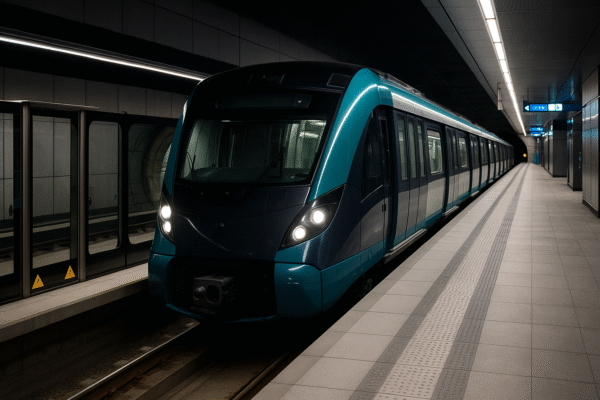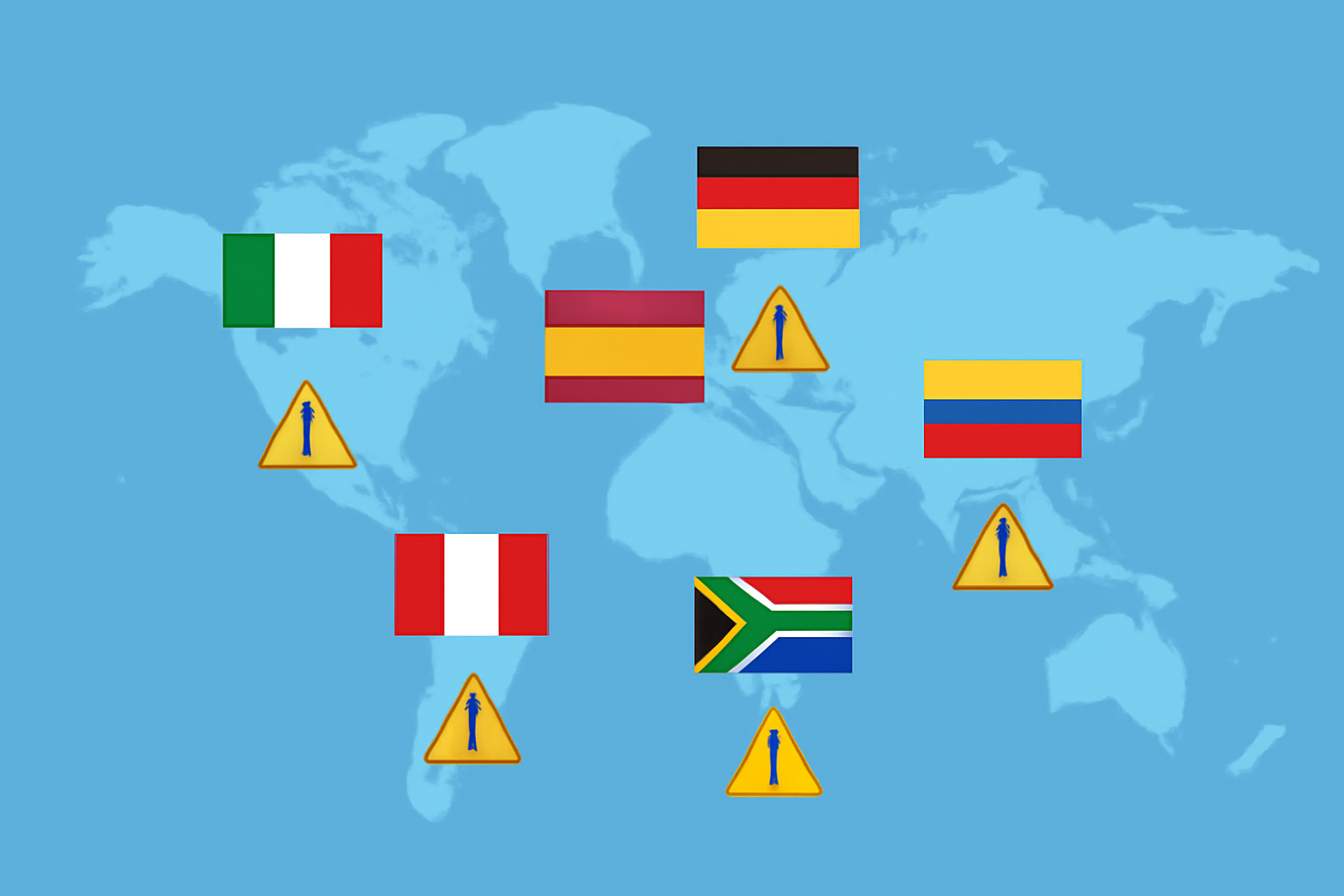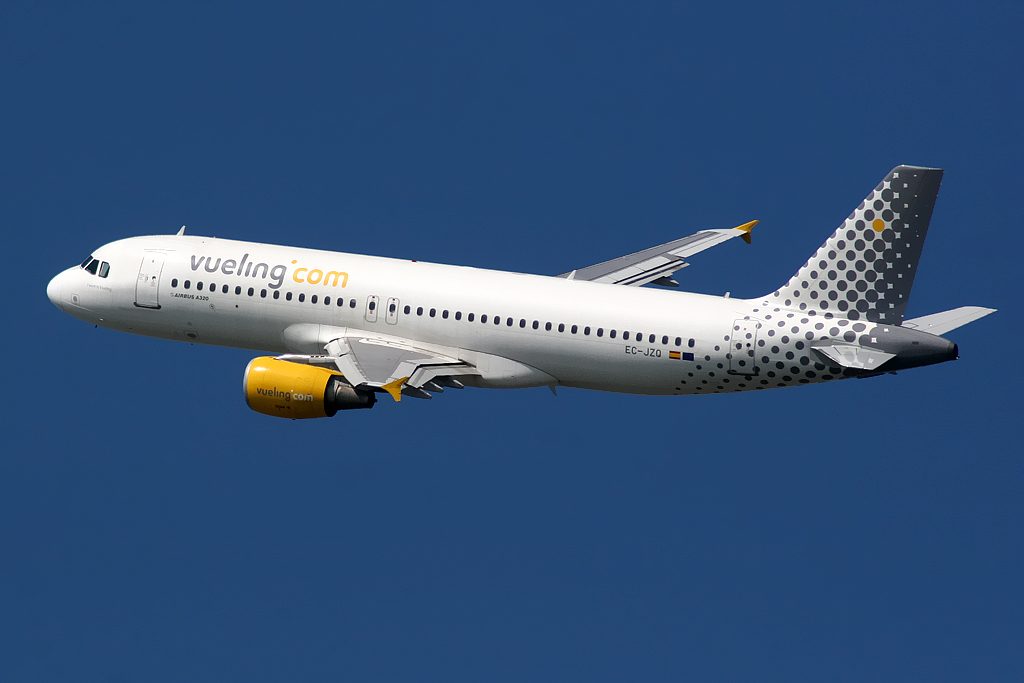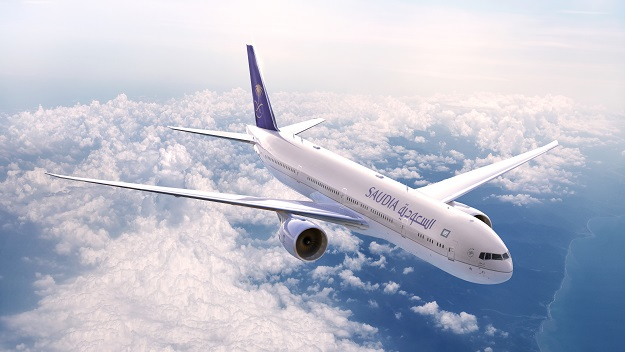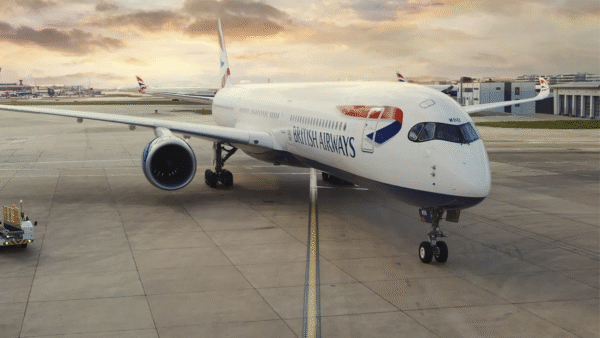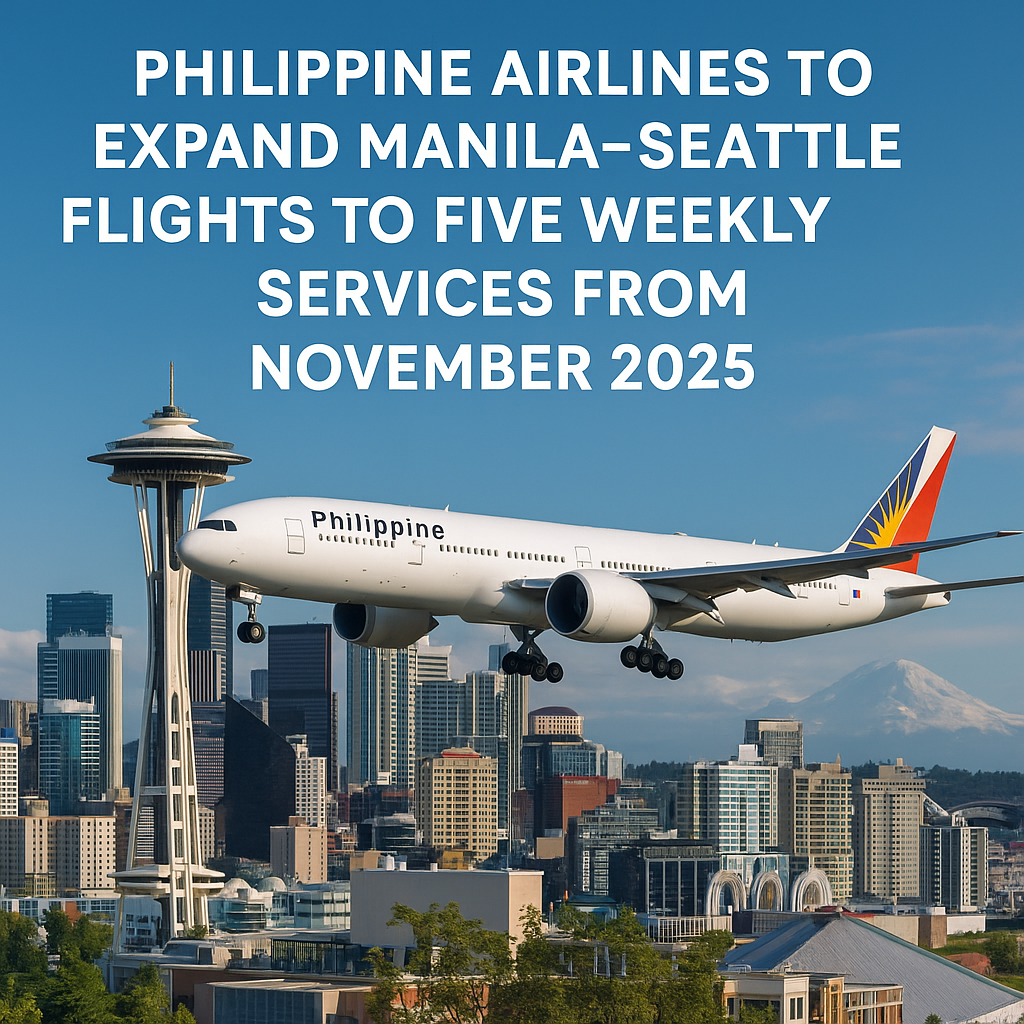In a strategic move to strengthen transpacific air connectivity, Philippine Airlines (PAL) has announced that it will increase flight frequency between Manila and Seattle to five times weekly, starting November 25, 2025. This expansion follows the successful launch of the route in October 2024, which introduced the only nonstop air service between the Philippines and the U.S. Pacific Northwest.
The decision to expand comes in response to rising demand from both leisure and business travelers, as well as the strong ties between the Filipino-American community in Washington State and their families in the Philippines.
More Flight Options for Greater Flexibility
The new schedule adds Tuesday and Thursday departures, complementing PAL’s current Wednesday, Friday, and Sunday services. The increase in frequency provides passengers with more flexibility in planning their trips, offering more seamless travel options for visiting family, conducting business, or enjoying the rich cultural attractions on both sides of the Pacific.
According to PAL, the expanded schedule aims to accommodate growing demand for transpacific travel and improve onward connectivity to other U.S. cities via its partnership with Alaska Airlines. This alliance allows passengers arriving in Seattle to connect easily to cities across the United States, including Portland, Anchorage, Denver, Chicago, and more.
World-Class Long-Haul Travel on the Boeing 777-300ER
All Manila–Seattle flights will be operated by PAL’s long-range Boeing 777-300ER, a widebody aircraft designed for comfort and efficiency. Each aircraft accommodates up to 370 passengers across business and economy class.
- Business Class: 42 seats in a 2-3-2 layout, offering spacious seating, lie-flat capability, premium meal service, and personal entertainment systems.
- Economy Class: 328 seats in a 3-4-3 configuration, with generous legroom, adjustable headrests, and a selection of inflight entertainment.
Passengers in both cabins enjoy PAL’s signature Filipino hospitality, complimentary meals, and onboard Wi-Fi on select flights. The 777-300ER is well-suited for the 12 to 14-hour journey, ensuring a comfortable transpacific experience from takeoff to landing.
Seattle: A Strategic Hub for Filipino-American Travel
Seattle is home to one of the largest Filipino communities in the U.S., making it an essential hub in PAL’s North American route network. The city’s diverse population, thriving tech sector, and convenient location provide the airline with a unique opportunity to tap into both VFR (Visiting Friends and Relatives) and corporate travel markets.
As a gateway to the U.S. Pacific Northwest, Seattle also provides access to adjacent states including Oregon, Idaho, Montana, and Alaska, significantly enhancing the geographic reach of PAL’s U.S. operations. Through its partnership with Alaska Airlines, passengers can connect to over 100 cities across the U.S., streamlining both domestic and international journeys.
Strengthening PAL’s U.S. Network
The addition of more Seattle flights supports Philippine Airlines’ broader strategy of expanding its footprint in the U.S. market. PAL already serves Los Angeles, San Francisco, New York (JFK), and Honolulu, and the airline continues to explore future growth opportunities based on evolving demand.
According to PAL executives, the Seattle route is one of the fastest-growing transpacific segments in the airline’s network, with sustained demand from both Filipino nationals and American travelers interested in Southeast Asia.
The airline also emphasized its commitment to maintaining high-quality service, improved on-time performance, and competitive pricing, all while enhancing travel options for one of its most important international corridors.
Economic and Cultural Impact
The Manila–Seattle air corridor is not only critical for tourism but also serves as a vital link for cargo transport, business development, and international relations between the Philippines and the United States. As of 2024, bilateral trade between the Philippines and Washington State reached over US$1.3 billion, with aviation services playing a key role in maintaining these ties.
By increasing frequency on this vital route, PAL strengthens its role in promoting people-to-people exchanges, supporting tourism growth, and providing a direct line of connection for families separated by distance.
PAL’s Vision for 2025 and Beyond
As international air travel continues to rebound following global disruptions, Philippine Airlines is positioning itself as a leading carrier for transpacific journeys. In addition to increasing flight frequency, PAL is focused on:
- Digital transformation, including enhanced mobile booking and check-in options
- Fleet modernization, with future orders for Airbus A350s and additional Boeing 777s
- Route development, with a focus on high-demand markets and underserved long-haul destinations
PAL’s management confirmed that further route announcements are expected by early 2026, including potential new links to Canada, the Midwest U.S., and expanded service to Japan and Australia.
Final Thoughts: A New Chapter for Transpacific Travel
Philippine Airlines’ move to expand its Manila–Seattle flights to five times weekly marks a significant step in the airline’s North America growth strategy. It not only provides passengers with more travel choices and comfort but also deepens connections between the Philippines and the U.S. Pacific Northwest.
As of November 25, 2025, travelers can expect enhanced flexibility, greater connectivity via Alaska Airlines, and a refined flying experience on board PAL’s Boeing 777-300ER. The increased frequency reinforces PAL’s role as a vital bridge across the Pacific—connecting cultures, communities, and commerce.
For more travel news like this, keep reading Global Travel Wire

